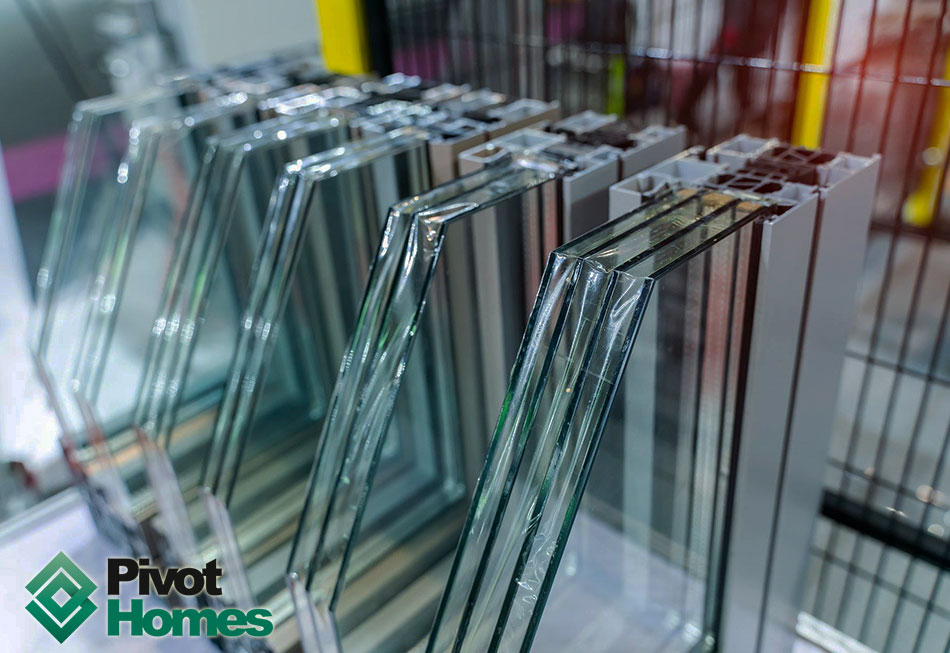All Categories
Featured
Table of Contents
Single Glazed Vs Double Glazed Windows - Ultimate Guide in Ashfield WA
Glazing simply indicates the windows in your house, consisting of both openable and set windows, as well as doors with glass and skylights. Glazing in fact just implies the glass part, however it is generally utilized to describe all aspects of an assembly including glass, movies, frames and furnishings. Focusing on all of these aspects will help you to attain reliable passive design.

Energy-efficient glazing makes your house more comfy and significantly minimizes your energy expenses. Unsuitable or inadequately created glazing can be a major source of undesirable heat gain in summer season and substantial heat loss and condensation in winter. Approximately 87% of a home's heating energy can be gained and as much as 40% lost through windows.
The Ultimate Guide To Double Glazed Windows in Applecross Western Australia
Glazing is a substantial financial investment in the quality of your home. The expense of glazing and the expense of heating and cooling your house are closely associated. A preliminary financial investment in energy-efficient windows, skylights and doors can considerably reduce your annual heating & cooling expense. Energy-efficient glazing also reduces the peak heating and cooling load, which can decrease the needed size of an air-conditioning system by 30%, resulting in further expense savings.

This tool compares window selections to a base level aluminium window with 3mm clear glass. Understanding some of the essential properties of glass will help you to choose the very best glazing for your house. Key homes of glass Source: Adjusted from the Australian Window Association The quantity of light that travels through the glazing is known as visible light transmittance (VLT) or visible transmittance (VT).
Carnegie 3163, Vic. Amazing Service By Aps Double Glazing in Wattle Grove WA
The U value for windows (expressed as Uw), describes the conduction of the whole window (glass and frame together). The lower the U value, the greater a window's resistance to heat flow and the better its insulating worth.
If your house has 70m2 of glazing with aluminium frames and clear glass with a U value of 6. 2W/m2 C, on a winter season's night when it is 15C chillier outside compared to indoors, the heat loss through the windows would be: 6. 2 15 70 = 6510W That is comparable to the overall heat output of a big room gas heating unit or a 6.
What Are The Best Double Glazed Windows In Australia? in White Gum Valley Perth

If you choose a window with half the U value (3. 1W/m2 C) (for example, double glazing with an argon-filled gap and less-conductive frames), you can cut in half the heat loss: 3. 1 15 70 = 3255W The solar heat gain coefficient (SHGC) for windows (expressed as SHGCw) measures how easily heat from direct sunlight streams through an entire window (glass and frame together).
The lower a window's SHGC, the less solar heat it sends to the home interior. The real SHGC for windows is impacted by the angle that solar radiation strikes the glass.
Double Glazing Windows - The Best Installers In The Uk ... in Brigadoon WA
When the sun is perpendicular (at 90) to the glass, it has an angle of incidence of 0 and the window will experience the optimum possible solar heat gain. The SHGC declared by glazing makers is always determined as having a 0 angle of occurrence. As the angle increases, more solar radiation is reflected, and less is sent.
Latest Posts
Diy Double Glaze in Koondoola WA
Glass Selector - Custom Single & Double Glazed ... in Midvale Perth
Does Double Glazing Keep Heat Out in Woodvale Western Australia